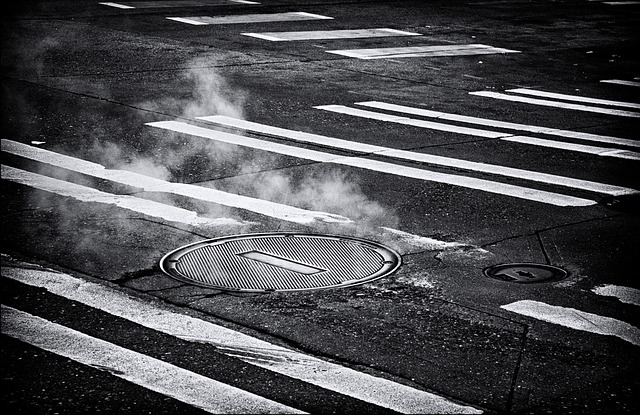Sewer lines, vital for urban sanitation, face issues like corrosion, root damage, and age-related wear, leading to blockages and health risks. Proactive sewer repair, facilitated by advanced inspection methods like video pipeline surveys, prevents extensive damage. Regular inspections detect early issues, saving costs and preventing environmental hazards. Advanced technologies like high-definition cameras and sensor technology enhance precision and efficiency in repairs. The meticulous repair process involves assessment, excavation, cleaning, relining or replacement, and testing. Homeowners should watch for warning signs and avoid DIY repairs; regular maintenance, including inspections, cleaning, and proper waste disposal, extends sewer line lifespan. Future advancements like remote inspection robots and AI data analysis promise a more proactive and sustainable sewer repair approach.
Sewer lines, the unsung heroes of our urban infrastructure, are vital to maintaining healthy communities. These subterranean networks facilitate the flow of waste, preventing environmental contamination and public health risks. However, over time, sewer lines can develop issues like cracks, corrosion, or blockages, leading to costly repairs. Understanding these common problems and the importance of regular inspections is key to minimizing disruptions. This comprehensive guide explores advanced inspection technologies, step-by-step repair processes, and best practices for maintaining these critical systems, empowering homeowners and professionals alike in navigating sewer repair effectively.
Understanding Sewer Lines: Their Role and Common Issues
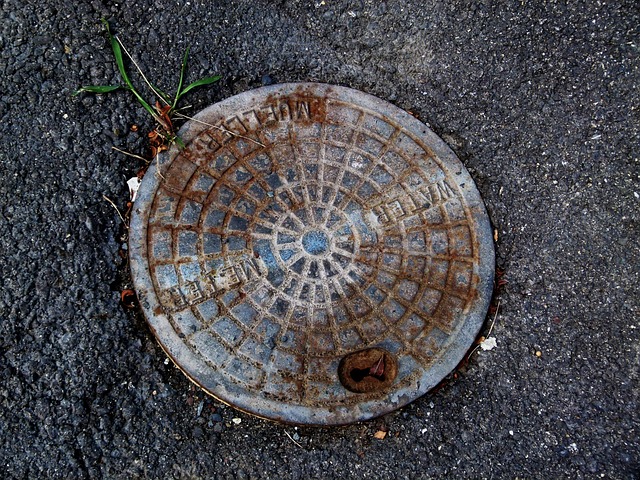
Sewer lines are vital components of any urban infrastructure, facilitating the efficient removal of waste and stormwater from homes and businesses. These underground networks are designed to withstand high pressures and years of constant use. However, despite their durability, sewer lines can still develop issues over time. Common problems include pipe corrosion, damage from tree roots, shifting soil, and age-related deterioration. As these issues accumulate, they can lead to blockages, leaks, and even collapses, causing significant disruptions in the community and posing potential health risks.
Prompt action is essential when sewer line problems are identified, as timely sewer repair can prevent more severe and costly damage. Modern inspection techniques, such as video pipeline inspection, enable professionals to accurately assess the condition of sewer lines before repairing or replacing them. This proactive approach ensures that communities maintain reliable and safe sanitation systems, a fundamental aspect of any thriving urban environment.
Importance of Regular Sewer Line Inspection

Regular sewer line inspection is a crucial aspect of property maintenance that often goes overlooked until issues arise. It’s akin to keeping an eye on your home’s health—preventative measures are always more effective and less costly than reactive ones. Just as regular check-ups can catch potential health issues early, routine sewer inspections can identify problems within your plumbing system before they escalate into costly sewer repairs or even environmental hazards.
These inspections allow for the early detection of clogs, cracks, corrosion, and other structural damage that may compromise the integrity of your sewer lines. By scheduling periodic assessments, homeowners can avoid unexpected clogs, leaks, or worse—sewage backups that can cause immense damage to both property and personal belongings. Proactive sewer line maintenance not only saves money in the long run but also ensures a smoother, more efficient plumbing system.
Advanced Technologies for Sewer Inspection
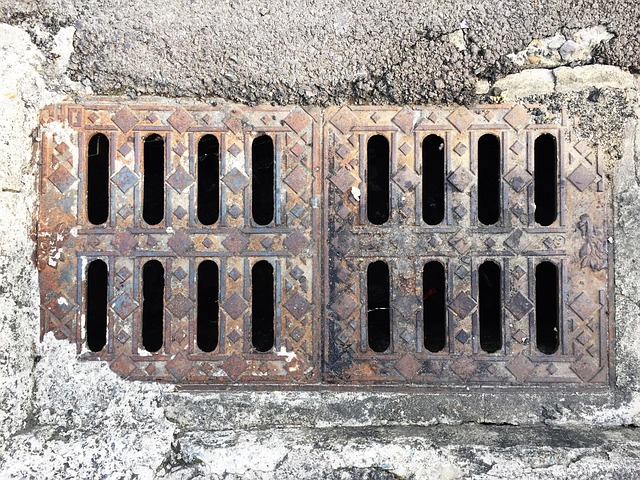
In the realm of sewer repair, advanced technologies have revolutionized inspection methods, allowing for more efficient and comprehensive assessments. One such innovation is high-definition camera systems that can navigate tight spaces, providing clear, detailed visuals of sewer lines. These cameras are equipped with LED lighting and flexible cables, enabling technicians to capture real-time footage of pipe interiors, identify structural damage, and even pinpoint exact locations of leaks or clogs.
Additionally, advanced sensor technology is employed to detect subtle changes in pressure and flow rates, offering valuable insights into the overall health of sewer systems. This data-driven approach facilitates proactive maintenance, as issues can be addressed before they escalate. By integrating these cutting-edge technologies, professionals tasked with sewer repair can ensure more precise evaluations, ultimately leading to better-informed decisions and enhanced infrastructure longevity.
The Process of Sewer Line Repair: Step-by-Step Guide
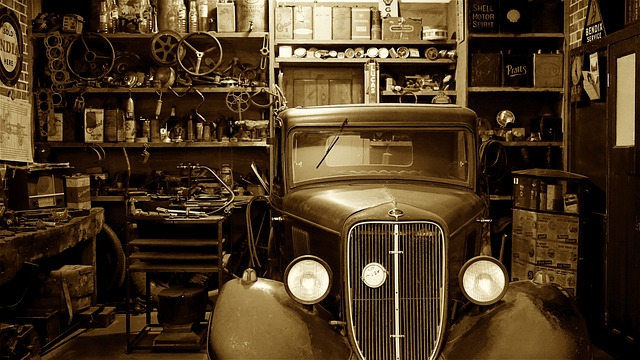
Sewer line repair is a meticulous process that involves several steps to ensure effective and long-lasting solutions. Here’s a step-by-step guide:
1. Assessment and Planning: Begin with a thorough assessment of the sewer line using advanced tools like cameras and sensors to identify damage, blockages, or leaks. This data guides the planning phase, where repair strategies are tailored to specific issues.
2. Excavation: Once identified, the damaged section of the sewer line is excavated to access the problem area. Careful excavation minimises disruptions to surrounding structures and ensures safe working conditions for technicians.
3. Reparation or Replacement: Depending on the extent of damage, the affected section may be repaired or replaced. Repairs involve cleaning, relining, or patching the pipe. Replacements entail installing new segments of sewer pipe, ensuring proper fitting and sealing for longevity.
4. Backfilling and Restoration: After repairs or replacements, the excavated area is backfilled with soil, compacted to stabilise the ground. Finally, any affected surfaces are restored, and the area is made safe for use.
5. Testing and Verification: Post-repair, sewer lines are tested for leaks and functionality. This step ensures that the repair was effective and that no further damage will occur.
Identifying Signs That Indicate Sewer Repair Needs
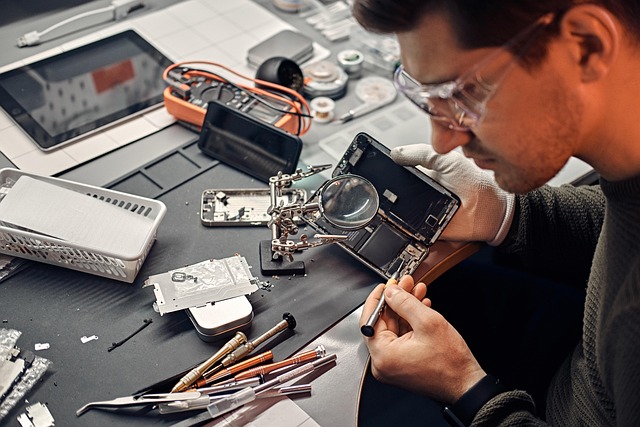
Many homeowners often overlook the importance of regular sewer line inspections until it’s too late. Recognizing the signs of potential issues can help prevent costly and inconvenient sewer repairs. One of the most noticeable indicators is a sudden change in water pressure, where you might experience low flow or no water at all. This could be an early warning sign of a blocked pipe or damage that requires sewer repair.
Another common red flag is an unusual odor coming from your drains. If you detect a persistent, unpleasant smell, it may indicate a sewage backup or a breach in the sewer line. Additionally, frequent clogs and slow-draining sinks or showers can be cause for concern. These issues could suggest that tree roots are infiltrating the pipes or that a section of the sewer line is damaged and needs to be repaired or replaced.
Different Types of Sewer Line Repairs and Their Costs

When it comes to sewer line repairs, there are various methods and costs involved depending on the extent of the damage. One common approach is relining, which involves inserting a new pipe within the existing one. This non-invasive technique is effective for minor leaks and can extend the life of your sewer line without significant excavation. The cost varies based on the length and size of the pipe, typically ranging from $50 to $150 per linear foot.
For more severe issues, replacement is necessary. This process entails digging up the damaged section and installing a new pipe. While more disruptive, it guarantees long-term solutions. Costs can escalate with this method, starting from around $200 per linear foot, not including labor and additional materials. Regular maintenance and prompt repair are key to mitigating expenses, as emergency repairs often come at higher costs due to the complexity and access requirements.
Common Mistakes to Avoid During Sewer Repair

When undertaking sewer repair, there are several common mistakes that homeowners and professionals alike should strive to avoid. One of the most frequent errors is neglecting regular maintenance. Sewer lines, like any other infrastructure, deteriorate over time, and ignoring signs of damage or clogs can lead to more extensive and costly repairs. Homeowners should be vigilant about observing unusual smells, gurgling sounds, or slowed drainage, which could indicate potential issues.
Another mistake to evade is attempting DIY sewer repair without the proper expertise and tools. Sewer lines are intricate and often require specialized equipment and knowledge to fix effectively. Improper repair techniques can result in further damage, leaks, or even structural instability. It’s advisable to consult with licensed professionals who have experience in sewer repair to ensure the work is done correctly and safely.
Best Practices for Maintaining Sewer Lines
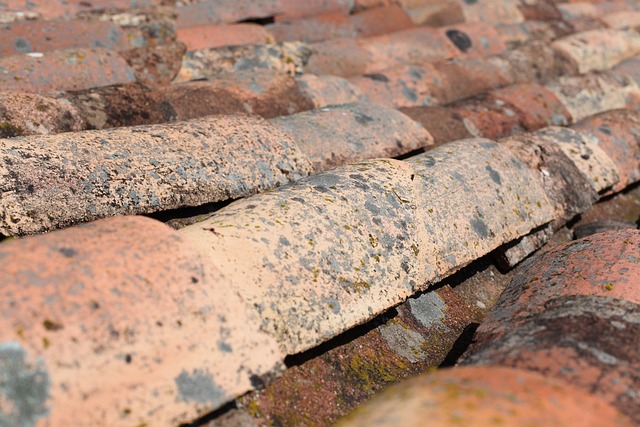
Regular maintenance is key to keeping sewer lines in good condition, preventing costly repairs. One of the best practices is scheduling periodic inspections to identify potential issues early on. This involves using advanced technology like camera inspections to visualize the interior of pipes, detecting blockages, cracks, or signs of corrosion. Regular cleaning and flushing can also help remove accumulated debris and prevent clogs, ensuring smooth water flow.
Additionally, property owners should be mindful of what goes down the drain. Avoiding disposal of non-biodegradable materials like grease, plastics, and chemicals is crucial. Installing traps and filters at household drains can catch unwanted items before they enter the sewer system. Staying informed about local regulations regarding proper waste disposal practices will contribute to the overall longevity of the sewer lines, reducing the need for frequent Sewer Repair.
Future Trends in Sewer Line Inspection and Repair
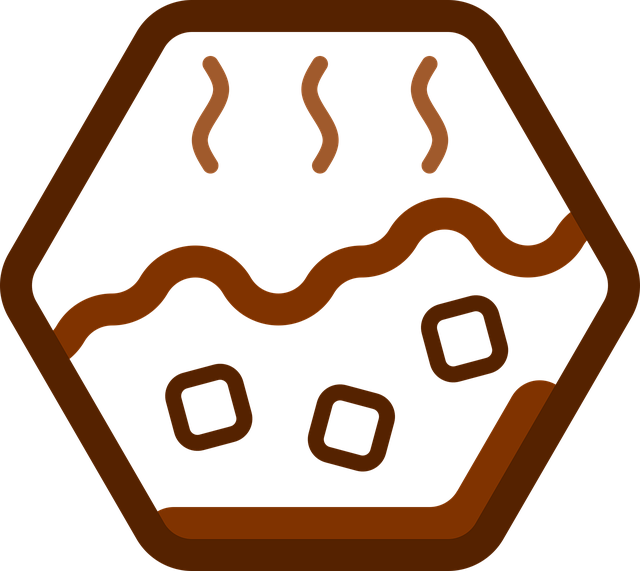
The future of sewer line inspection and repair is set to be transformed by technological advancements, offering more efficient and cost-effective solutions. One prominent trend is the increased adoption of remote inspection techniques, such as using high-definition robots to navigate through pipes, allowing for real-time visual assessment of sewer lines without costly and disruptive traditional digging methods. This technology not only enhances safety for inspectors but also provides detailed data on pipeline conditions, enabling better-informed decision-making for repairs or replacements.
Additionally, the integration of artificial intelligence (AI) is poised to revolutionize sewer maintenance. AI algorithms can analyze vast amounts of inspection data, identifying patterns and anomalies that may indicate potential issues before they escalate into costly breakdowns. Predictive analytics powered by AI can forecast when specific segments of the sewer system require attention, optimizing repair schedules and minimizing disruptions to residents and businesses. As technology continues to advance, these trends promise a more proactive and sustainable approach to sewer repair, ensuring the longevity of critical infrastructure.
